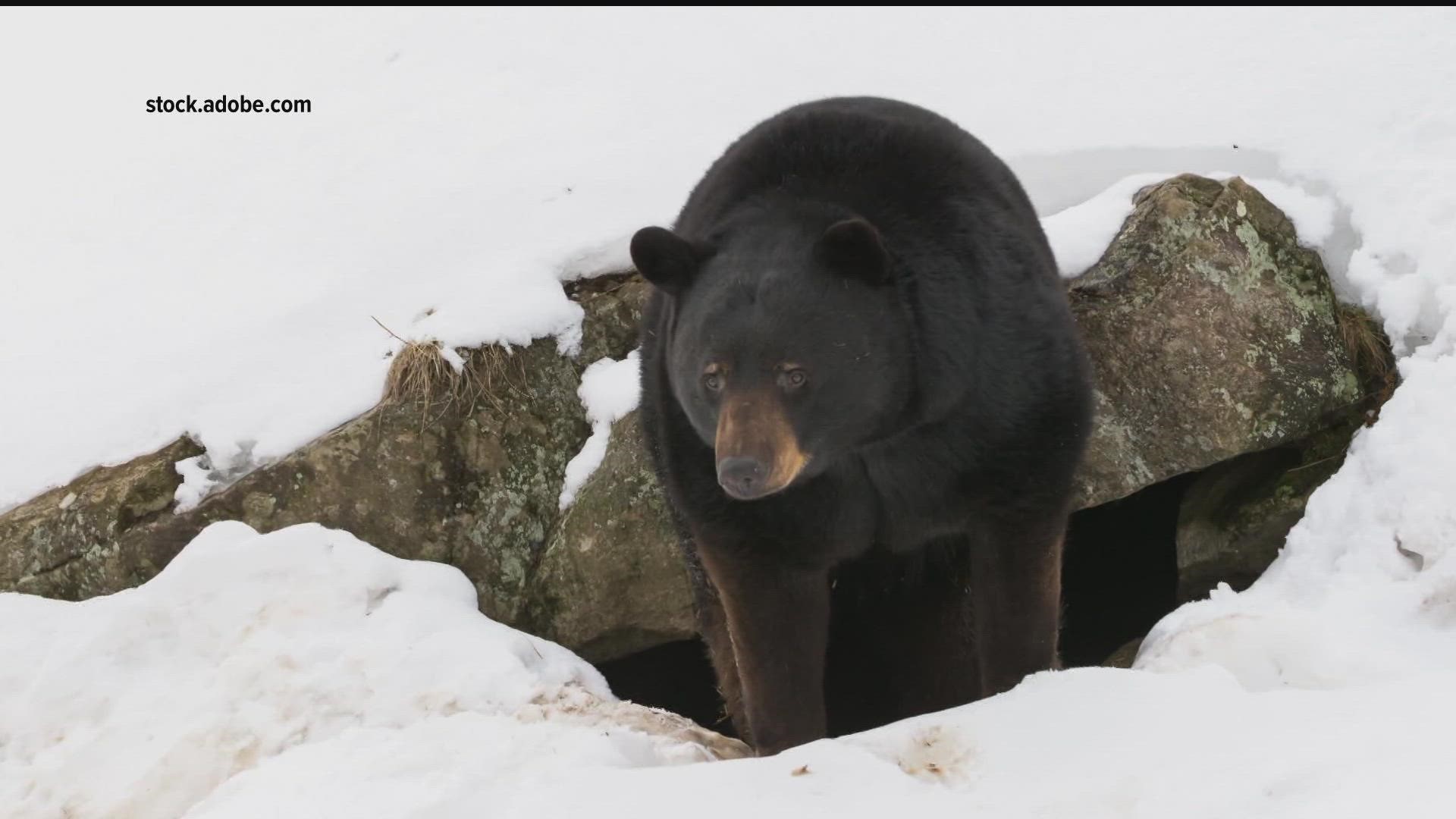GOLDEN VALLEY, Minn. — Right now, millions of animals are in a deep sleep across Minnesota and Wisconsin, a process called hibernation.
And while black bears are probably the most famous hibernators, lots of other species are in the thick of a long winter nap, like woodchucks, chipmunks, bats, turtles, snakes, lizards, frogs and toads, and countless insects, tics and spiders.
Animals are able to hibernate because their bodies recycle waste, so they don't need to eat or drink throughout winter.
In the springtime, they wake up with more or less the same amount of muscle as when they went down to hibernate, living off their stored body fat.
According to the Minnesota Department of Natural Resources, black bears can consume 12,000-20,000 calories a day to prepare for their hibernation, the equivalent of six to seven pounds of black oil sunflower seed or about 700-800 acorns.
Watch more WeatherMinds:
Watch the latest deep-dives and explainers on weather and science in our YouTube playlist:

